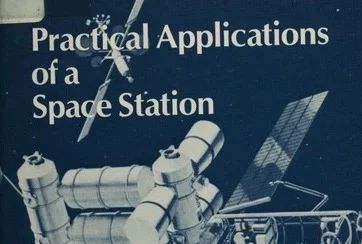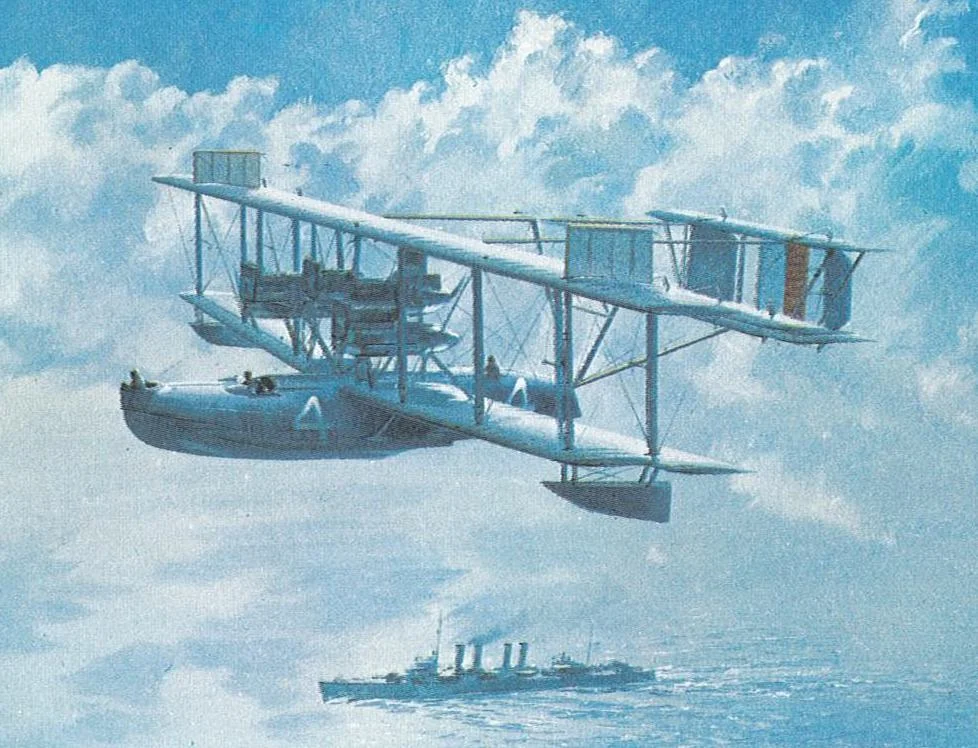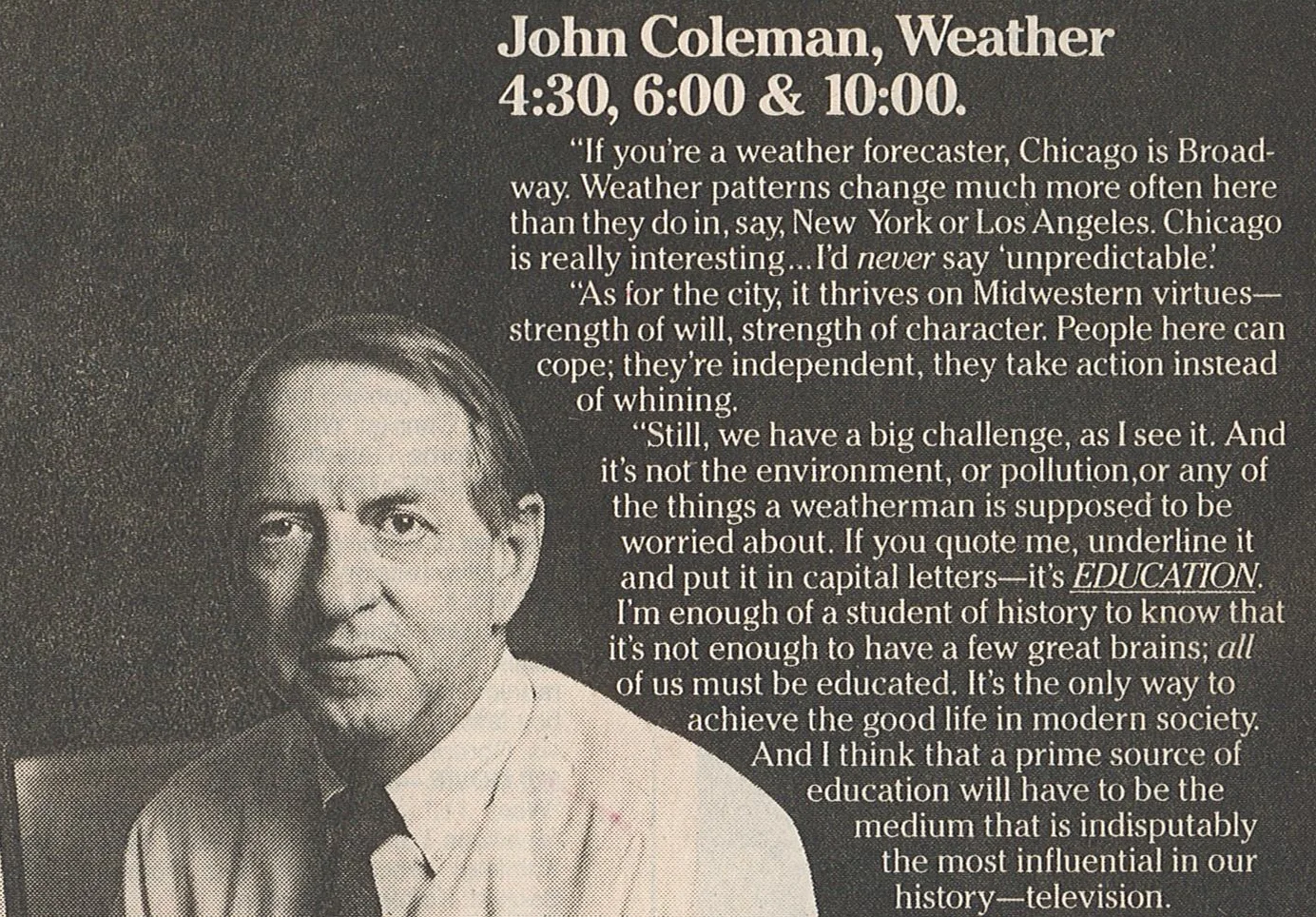Practical Applications of a Space Station, 1984
I came across this delightful title while researching the development of Climate Services within NOAA from the 1970s onward. (Climate Service, like weather service, describes the provision of climate information and forecasts to diverse users, including agribusiness, land use planners, and power generators. As with just about everything climate-related in the federal government, the Trump budget targets it for radical reductions.) I was drawn to the title, then surprised by the content.
This is a 1984 report by the National Research Council’s Space Applications Board.[1] This report was commissioned by NASA to explore the potential for civil and commercial use of a space station. Thirty experts came together for a week in Snowmass, Colorado, to discuss what value humans on a station might provide for space applications. They were divided into six panels: earth's resources, earth's environment, ocean operations, satellite communications, and materials science and engineering, plus a system design panel which helped find the commonalities in requirements between the five applications.
It seems silly to talk about a manned space station as ever being a “practical” object, but this report fits nicely into the Reagan Administration’s Cold War goal of demonstrating American superiority via high technology, and its ideological desire to promote commercial development everywhere—even on space stations. The board considered both a crewed station and an uncrewed large orbiting platform. (The report used the terms “manned and unmanned,” the common usage then, of course.)
What surprised me was seeing earth observations experts seriously considering a crewed space station platform in the 1980s. Science fiction visions from the 1950s often saw manned stations as future Weather Bureaus in space, with astronauts pointing instruments at the earth and reading off measurements. But these images came before the automation of complex scientific instruments became widespread. Laboratory instruments on Earth were already becoming automated in the 1950s, while unmanned satellites scanned the Earth and robotic probes carried automated instruments around the solar system throughout the 1960s and 1970s.
As I read the report, it became clear I wasn’t the only one who thought the instruments could do all right on their own. “There is no meaningful role for man in the acquisition of data,” said the Earth’s Environment and the Ocean Operations panels (p. 4). They acknowledged a human might be useful for calibrating and repairing instruments. In short, if Earth Observations platforms were to be crewed, they should carry technicians rather than scientists. But the Earth’s Environment panel noted human presence might actually be detrimental, impacting the sensors’ stability and potentially contaminating the environment inside or outside of the vehicle. (All that exhaling?)
Reading between the lines, it seems that this was probably the answer NASA expected. As the Chairman of the Space Applications Board, wrote in the preface, “NASA made it clear that the justification for development of a space station must be based on many considerations, of which space applications would be only a part” (p. ix). In other words, practical applications were never going to be a persuasive reason to spend tens of billions so humans could live in space. The justifications lay elsewhere.
[1] The National Research Council produces reports on topics of importance to government policy makers, usually by recruiting a committee of scientists and engineers to synthesize the state of knowledge and expert opinion.
Learn More:
National Research Council. 1984. Practical Applications of a Space Station. Washington, DC: The National Academies Press. doi:https://doi.org/10.17226/18603.





